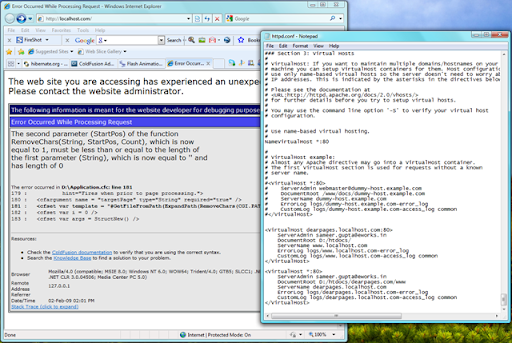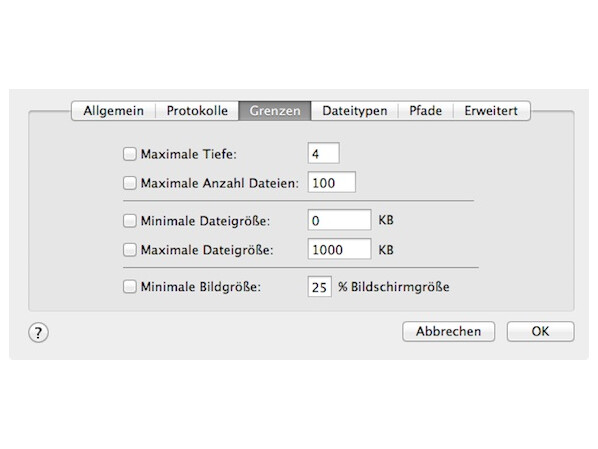
Links included in other tags will not be processed by the program. You can establish a maximum number of levels and/or files to be downloaded, as well as size maximums or minimums, or specify file formats.īeware: SiteSucker only examines the following HTML tags: a, area, body, embed, frame, iframe, img, input, link, meta, script, style, table, and td. It is also able to read links to existing files within a Flash animation, although it can't handle Javascript. SiteSucker obtains the addresses to all of the page's existing resources (images, backgrounds, files) and downloads them to your hard drive.
#SITESUCKER CFM FILE LINKS DOWNLOAD#
Recently, while watching the House Committee hearings on the security of, I was disappointed to hear testimony likening passive reconnaissance to a form of unauthorized/illegal activity that involved potentially invasive actions such as port/vulnerability scanning.If you need to have a webpage always available, SiteSucker will allow you to download a complete website just by providing its homepage. To the contrary, passive recon can be one of the most useful and unobtrusive methods of data gathering for any penetration test or security assessment. In this post I outline what passive reconnaissance entails and the various techniques one can use. Sometimes referred to as Open Source Intelligence (OSINT) or simply Information Gathering, the idea behind passive reconnaissance is to gather information about a target using only publicly available resources. Some references will assert that passive reconnaissance can involve browsing a target’s website to view and download publicly available content whereas others will state that passive reconnaissance does not involve sending any packets whatsoever to the target site.

For the purposes of this tutorial, I’m going to refer to the Penetration Testing Execution Standard’s definitions of “passive reconnaissance” and “semi-passive reconnaissance” and group them both under the umbrella of “Passive Reconnaissance” activities. Passive Information Gathering: Passive Information Gathering is generally only useful if there is a very clear requirement that the information gathering activities never be detected by the target. This type of profiling is technically difficult to perform as we are never sending any traffic to the target organization neither from one of our hosts or “anonymous” hosts or services across the Internet. This means we can only use and gather archived or stored information. As such this information can be out of date or incorrect as we are limited to results gathered from a third party. Semi-passive Information Gathering: The goal for semi-passive information gathering is to profile the target with methods that would appear like normal Internet traffic and behavior. We query only the published name servers for information, we aren’t performing in-depth reverse lookups or brute force DNS requests, we aren’t searching for “unpublished” servers or directories. We aren’t running network level portscans or crawlers and we are only looking at metadata in published documents and files not actively seeking hidden content.

The key here is not to draw attention to our activities.


Post mortem the target may be able to go back and discover the reconnaissance activities but they shouldn’t be able to attribute the activity back to anyone.


 0 kommentar(er)
0 kommentar(er)
